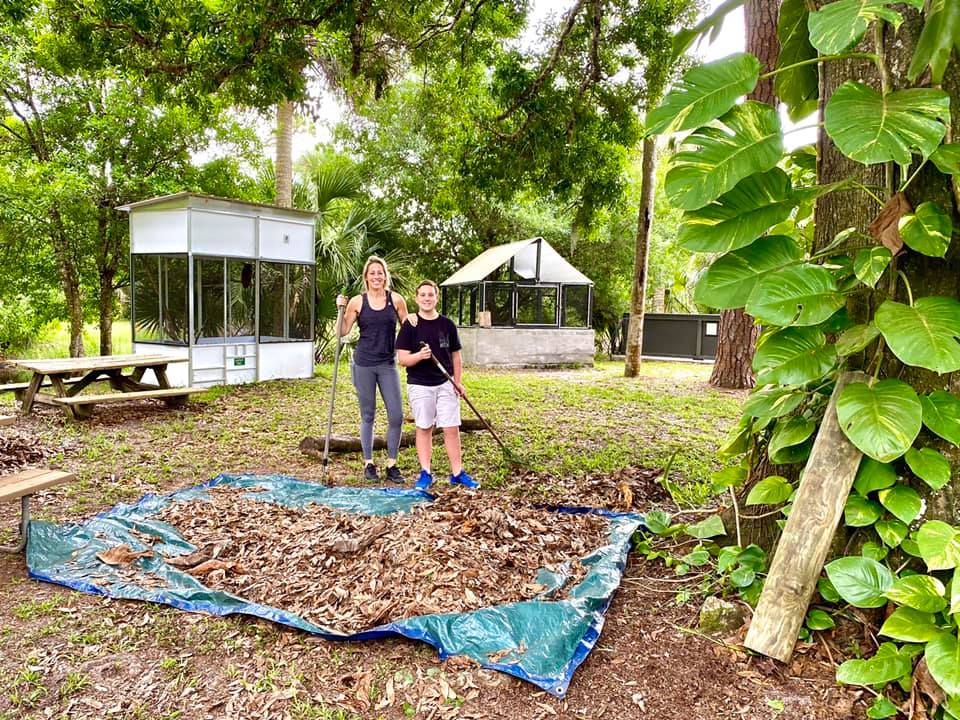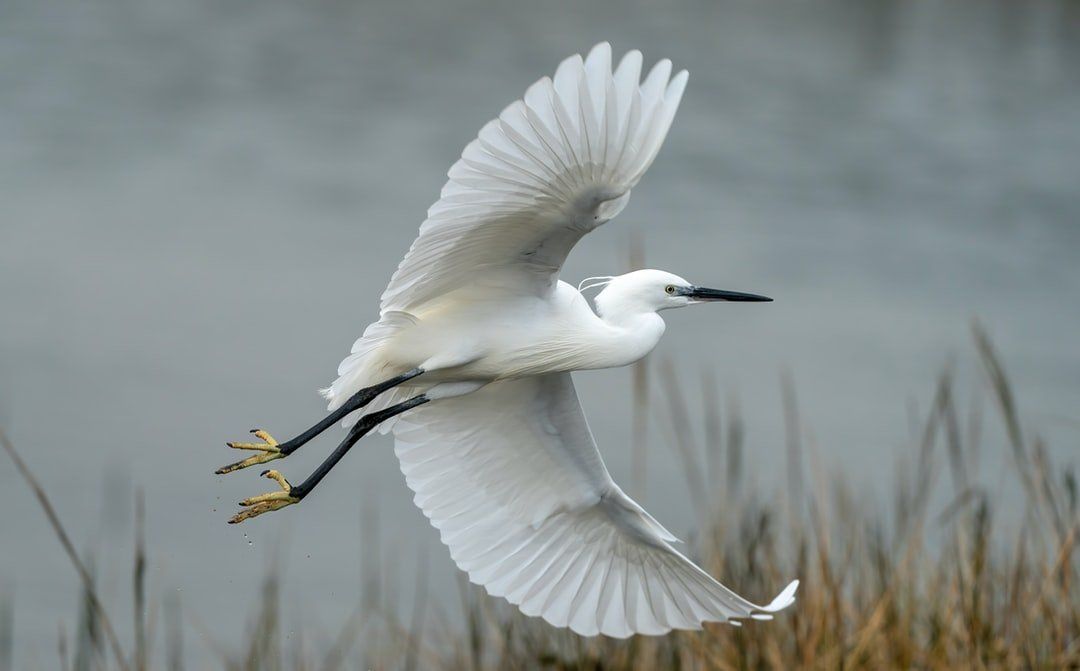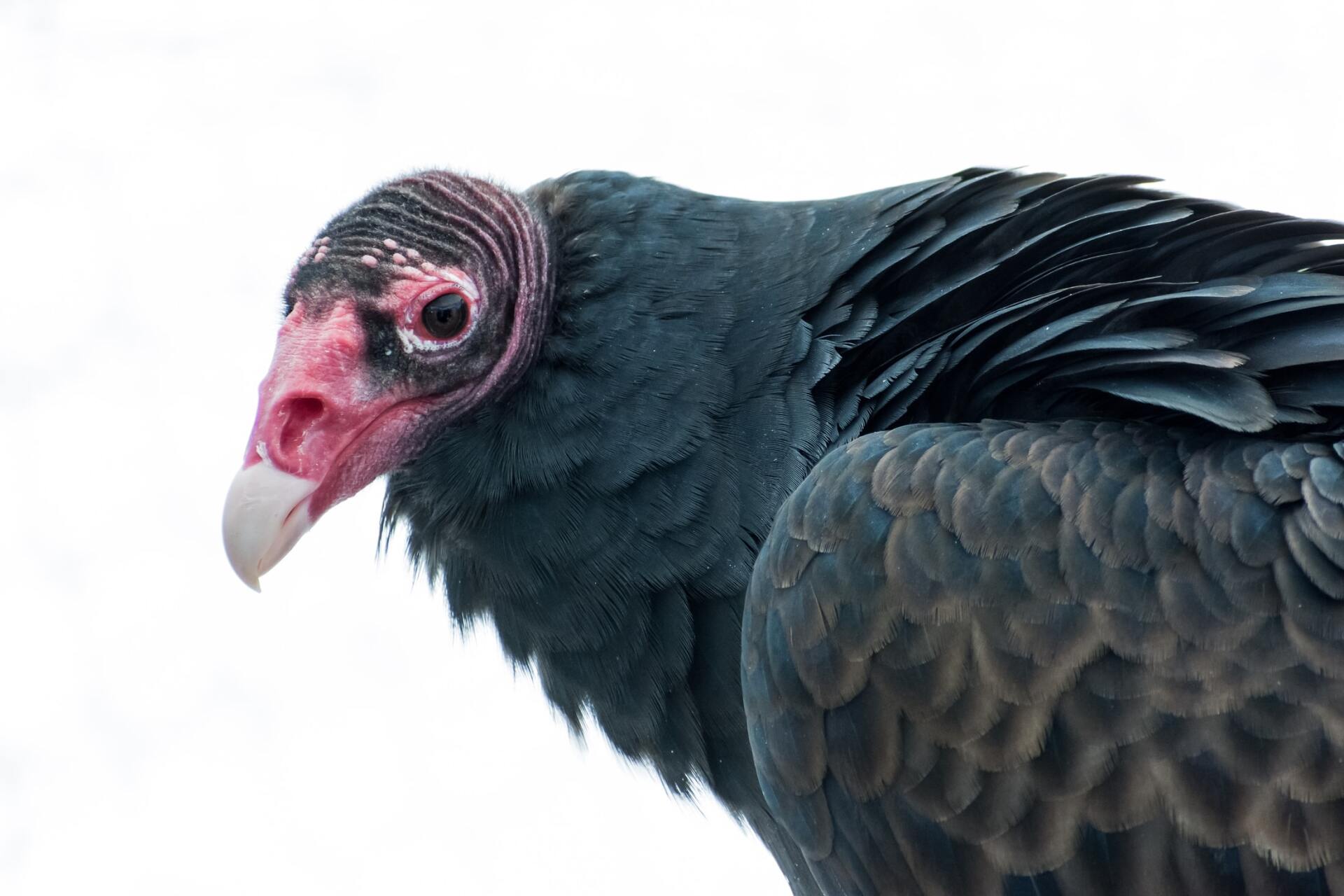" The happiest people are not those getting more, but those giving more". ― H. Jackson Brown Jr.
We are so grateful for our many volunteers. Whether you have been here for twenty years, or two days, you make an impact every day that you get up early to come in and help our wildlife. Our mission of "Wildlife Recovery, Human Discovery" would not be possible without community support. We are indebted to your hard work, dedication, and willingness to learn and give back to our cause.
While all of our volunteers deserve the spotlight equally, we'd like to share the thoughts of just a few, and why they initially came to the Treasure Coast Wildlife Center, as well as why they keep coming back...
SARA
"I have always harbored a passion for nature and wild things; but really, I stayed because of the people at TCWC as well as the animals. I also love learning, and even almost a year later, I still learn something new every time I'm here. I've found that every animal has their own personality, particularly in our Education Ambassador (birds of prey), and seeing their individuality has been really neat."
RONNIE
"I love animals, of course, I started out volunteering with domestic animals like cats and dogs, and then graduated to wildlife. I also enjoy the physical activity of coming out here, and the educational opportunities when talking to the community, both at our Center and at events. My favorite thing about volunteering is feeding the pelicans and manning the Education Birds."
LISA
"I grew up around animals and particularly loved birds and spending time outdoors. I love getting to see the variety of different animals as a volunteer, as well as the many releases back into the wild, knowing that I helped to contribute to their success. I also love the staff and other volunteers that I have gotten to know over the span of my six years here!"
ASHLEE
"I have a background in wildlife and education, so I started volunteering at TCWC to get back into working with birds and reptiles again. I love helping with community education and creating fun and relatable educational content for all ages. Volunteering is a great way to see and learn new things, as well as test out this field if you think you may want to work in a related field one day; while giving back to the community and helping wildlife at the same time."
Thank you again for all that you do, and happy Volunteer Appreciation Week!
If you would like to become a volunteer, apply now and fill out our Volunteer Application!





